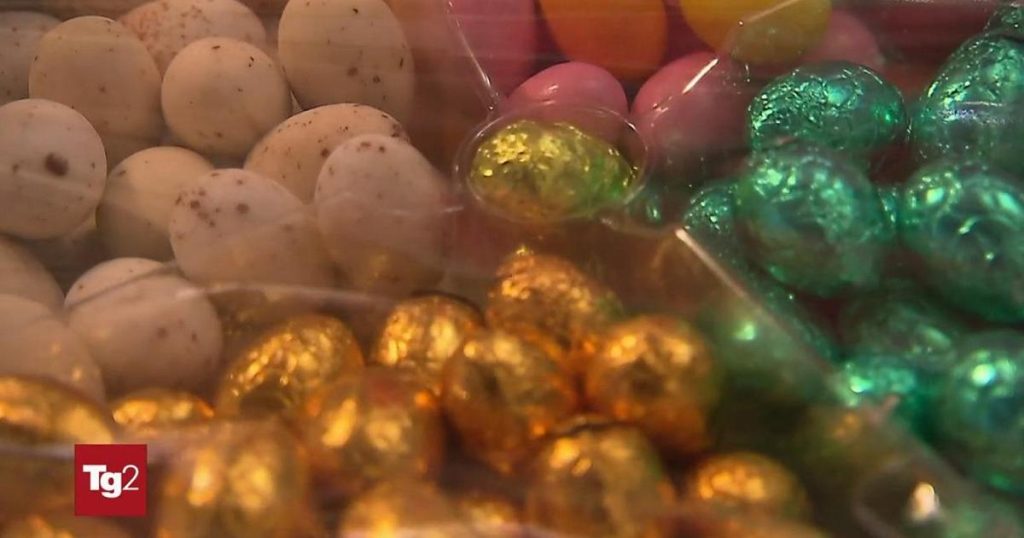The tradition of giving decorated eggs for the Christian celebration of Easter dates back to the Middle Ages and has always remained in people’s hearts. In fact, the tradition of receiving Easter eggs has grown and evolved over time, becoming a joyful occasion for children and a pleasure for those with a sweet tooth. While the surprise is a source of wonder and the chocolate a treat, the true essence of the tradition lies in the egg itself, symbolizing rebirth.
Easter eggs are often decorated with leaves or flowers, adding to their beauty and significance as gifts for the holiday. The act of giving and receiving these eggs is a way to share in the joy of Easter and celebrate the spirit of renewal and new beginnings. This tradition has deep roots in Christian beliefs and serves as a reminder of the resurrection of Jesus Christ, making it a meaningful and cherished custom for many people around the world.
Over the years, the tradition of Easter eggs has evolved and expanded, with new variations and interpretations emerging to suit different tastes and preferences. While some may prefer traditional decorated eggs, others may opt for chocolate eggs or other confectionery items, all of which are part of the celebration of Easter. Despite these variations, the symbolic significance of the egg as a representation of rebirth and new life remains central to the tradition.
In addition to being a symbol of Easter and a representation of rebirth, eggs are also seen as a source of nourishment and sustenance, making them a fitting gift for a holiday that celebrates the victory of life over death. The act of giving and receiving Easter eggs is a way to share in the joy and abundance of the season, as well as to express love and gratitude to friends and family. The tradition of Easter eggs serves as a reminder of the importance of generosity and sharing, as well as a way to strengthen bonds and create lasting memories.
In modern times, the tradition of Easter eggs continues to be an important part of the holiday celebration, with a wide variety of options available for those looking to participate in the custom. From beautifully decorated eggs to chocolate treats and other confectionery items, there are endless possibilities for people to enjoy and share during the Easter season. Regardless of the specific type of egg or treat chosen, the underlying symbolism of rebirth and renewal remains a central theme in the tradition of Easter eggs, making it a meaningful and enduring practice for many.
In conclusion, the tradition of giving and receiving Easter eggs is a beloved and cherished custom that has deep roots in Christian beliefs and represents the spirit of renewal and rebirth. The act of sharing these decorative and delicious treats with loved ones is a way to celebrate the joy and abundance of the Easter season, as well as to express love and gratitude. Whether through traditional decorated eggs or modern confectionery items, the symbolism of the egg as a symbol of new life and victory over death remains central to the tradition, making it a timeless and meaningful practice for many people around the world.


